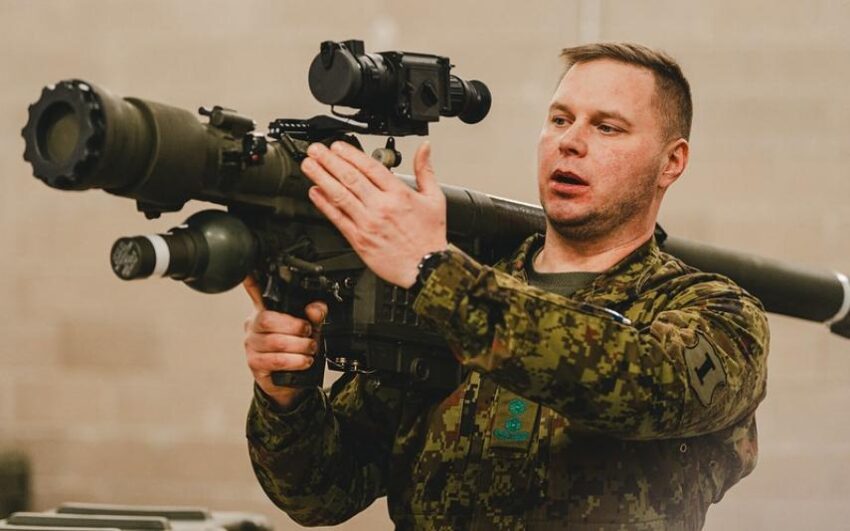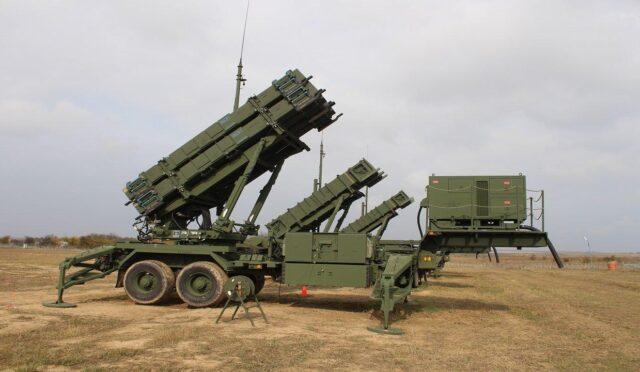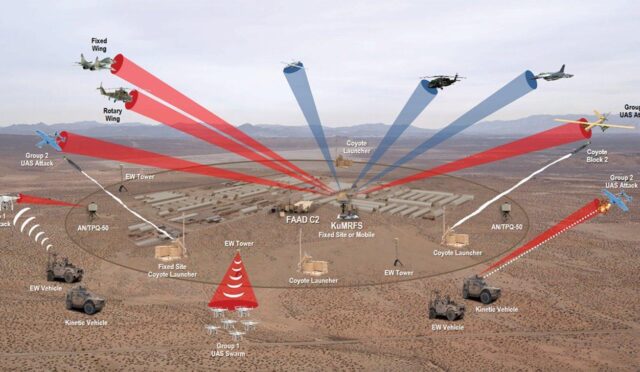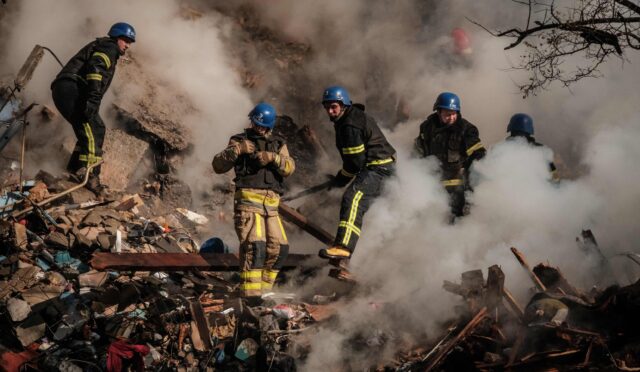Estonia’s Enhanced Air Defense Strategy
Estonia is set to strengthen its air defense capabilities by acquiring a long-range air defense system designed to counter potential ballistic missile threats from Russia. This new initiative, estimated at around 1 billion euros (approximately $1.10 billion), will evaluate three potential systems: Israel’s David’s Sling, the American Patriot, and the Franco-Italian SAMP/T, as reported by the Estonian public broadcaster, ERR.
This prospective acquisition comes on the heels of Estonia’s recent order of the IRIS-T Surface Launched Missile (SLM) from Germany, concluded in September 2023 for a total of 400 million euros ($439 million). This prior deal includes three IRIS-T SLM batteries along with necessary radars and control centers, with the first deliveries expected by year-end. Additionally, further orders for IRIS-T ammunition are on the horizon.
The Need for Long-Range Defense Systems
The current capability of the IRIS-T system, which can intercept targets such as aircraft and cruise missiles in a range of up to 40 kilometers (25 miles), has led Estonian officials to pursue more robust options. Recognizing its limitations, officials have acknowledged the necessity for a system that can effectively engage ballistic missile threats. “We are going to procure long-range air defense with capabilities against ballistic missiles,” stated Mati Tikerpuu from the Estonian Center for Defense Investments.
Given Estonia’s geographical position bordering Russia, the urgency to enhance missile defense has become apparent. Russian ballistic missiles, notably the 9K720 Iskander-M, have a striking range of 500 kilometers (311 miles) and can travel at speeds approaching 8,000 kilometers per hour (497 miles per hour). These factors accentuate the need for a defense system that can intercept incoming threats from a distance of 100 kilometers (62 miles) and at altitudes of around 20 kilometers (12 miles).
Targeting the Right Technology
In light of the escalating threat environment, Estonia is weighing the options available among the three potential suppliers. With the proximity of the Russian military, Estonia is not considering long-range exoatmospheric anti-ballistic missile systems like Arrow 3, as Tikerpuu clarified: “Since our adversary is right on our doorstep, they won’t need to fire from such a long range.” This pragmatic assessment underscores the immediacy for a tailored solution to meet Estonia’s specific defense needs.
All three manufacturers have been engaged in preliminary discussions regarding supply specifics, including quantities, potential delivery timelines, and pricing details. Although exact figures have yet to be made public, estimates suggest that the contract will likely amount to several billion euros, signifying Estonia’s commitment to bolstering its air defense infrastructure in the face of real and pressing threats.







